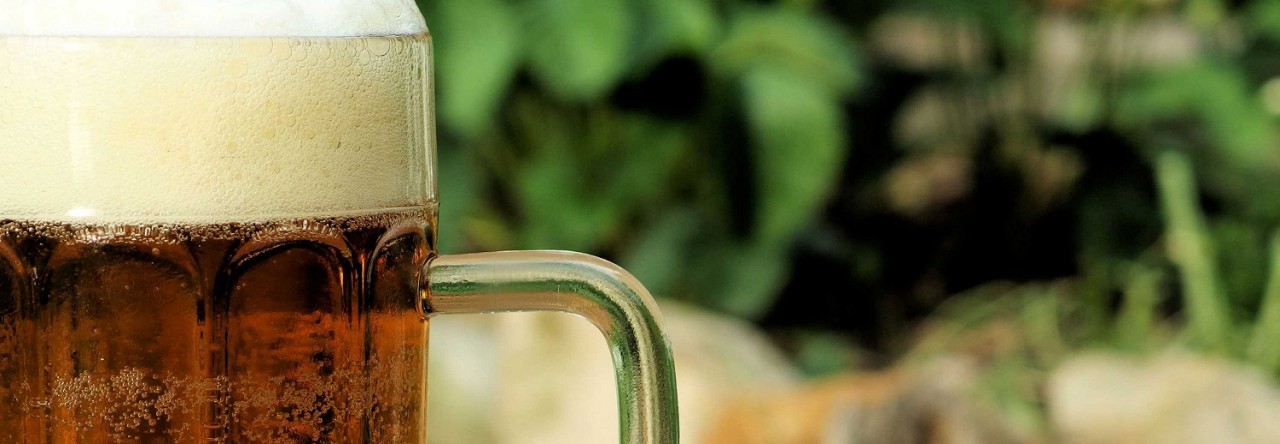At Brew Dudes, we’re all about community and sharing knowledge, so this week, Mike and I decided to dedicate an entire video to answering questions from our viewers. We’ve been getting tons of comments, emails, and questions, and it felt like the perfect time to dive into them.
It’s a great way to chat directly with our audience, especially when the brewing schedule slows down a bit, and it’s always a fun exercise to see what’s on everyone’s mind. Whether it’s about brewing techniques, ingredient choices, or equipment preferences, we’re here to help. So, let’s get into it!
One of the most common topics that popped up in the comments was about water chemistry. Specifically, many of you wanted to know if we have a standard water profile that we target for our beers. The answer? It depends on the style and where the water is sourced. Mike and I both typically use store-bought spring water due to its softness, which allows us to adjust minerals according to the beer style we’re brewing.
For hoppy beers, we’ll add gypsum to accentuate the hop bitterness, while for malt-forward beers, we might lean more towards calcium chloride to enhance the malt character. We also touched on other techniques, like whether or not we acidify our sparge water or add ascorbic acid to prevent oxidation. These are advanced topics, but the key takeaway is that understanding and adjusting your water chemistry can really elevate your brew.
Reflecting on the Journey & the Jar of Destiny
As we wrapped up the session, it was great to reflect on how far we’ve come and the impact our videos have had on the brewing community. A special shoutout goes to our famous “Jar of Destiny,” which has become a beloved part of our channel. It’s always exciting—and sometimes nerve-wracking—to see which beer style we’ll pull out of the jar next, knowing that whatever it is, we’re committed to brewing it. The jar has been a fantastic way to keep our brewing adventures spontaneous and challenging.
To all of you who continue to engage with us, whether by praising the jar or sending in thoughtful questions, thank you! Your participation is what makes this journey so rewarding. So, keep those comments coming, and let’s continue to brew on!
